Deborah Hopkinson is the author of many highly acclaimed picture books, including A Letter to My Teacher, which received two starred reviews, and the modern classic Sweet Clara and the Freedom Quilt, which the New York Times called “inspiring.” Her other books include Sky Boys: How They Built the Empire State Building, a Boston Globe-Horn Book Honor Book; and Abe Lincoln Crosses a Creek: A Tall, Thin Tale, an ALA-ALSC Notable Children’s Book. She lives in Oregon with her family.
Paul O. Zelinsky is the acclaimed illustrator numerous children’s books. He received the Caldecott Medal for his illustrated retelling of Rapunzel, as well as three Caldecott Honors for Hansel and Gretel, Rumpelstiltskind, and Swamp Angel, written by Anne Isaacs, along with countless other awards. He is also the illustrator of the New York Times bestselling movable book, The Wheels on the Bus. Most recently, he illustrated Emily Jenkins’s All-of-a-Kind Family Hanukkah, which received six starred reviews and was hailed as “dazzling” by The New York Times. Paul lives in New York with his wife.
I had the opportunity to interview Deborah and Paul, which you can read below.
First of all, welcome to Geeks OUT! Could you tell us a little about yourself?
DH: Thank you for having us! I’m Deborah Hopkinson, author of Cinderella and a Mouse Called Fred, illustrated by the one and only Paul O. Zelinsky, winner of the Caldecott Medal.
I live near Portland, Oregon with my family and pets. I like to put my dogs and my cat into books. However, in this case, Fred is the much more adorable cousin of some recent unwanted visitors to our garden.
PZ: Thanks from me, too. I am the illustrator of that book, and thank you Deborah for introducing me! I live in Brooklyn, New York, with my beautiful wife and no pets. And I’m glad to say, no mice.
What can you tell us about your most recent project, Cinderella and a Mouse Called Fred? Where did the inspiration for this story come from?
DH: I’m an avid gardener and also love history. The inspiration for the story came from my garden. I became curious about the beautiful French heirloom pumpkins nicknamed fairytale pumpkins since they look so much like Cinderella’s coach. I decided to make up a fun story about how they got this nickname. At first, I tried telling it from the point of view of the pumpkin, but then Fred popped into my head one day.
PZ: I’m so happy that Fred popped into Deborah’s head! If you want to know about my inspiration, obviously it was Deborah’s Fred and his dilemmas first. Then I wanted to think about how all of that should look, to make it as funny as I could, and to keep some sense that the Cinderella story is classic, and sort of historical.
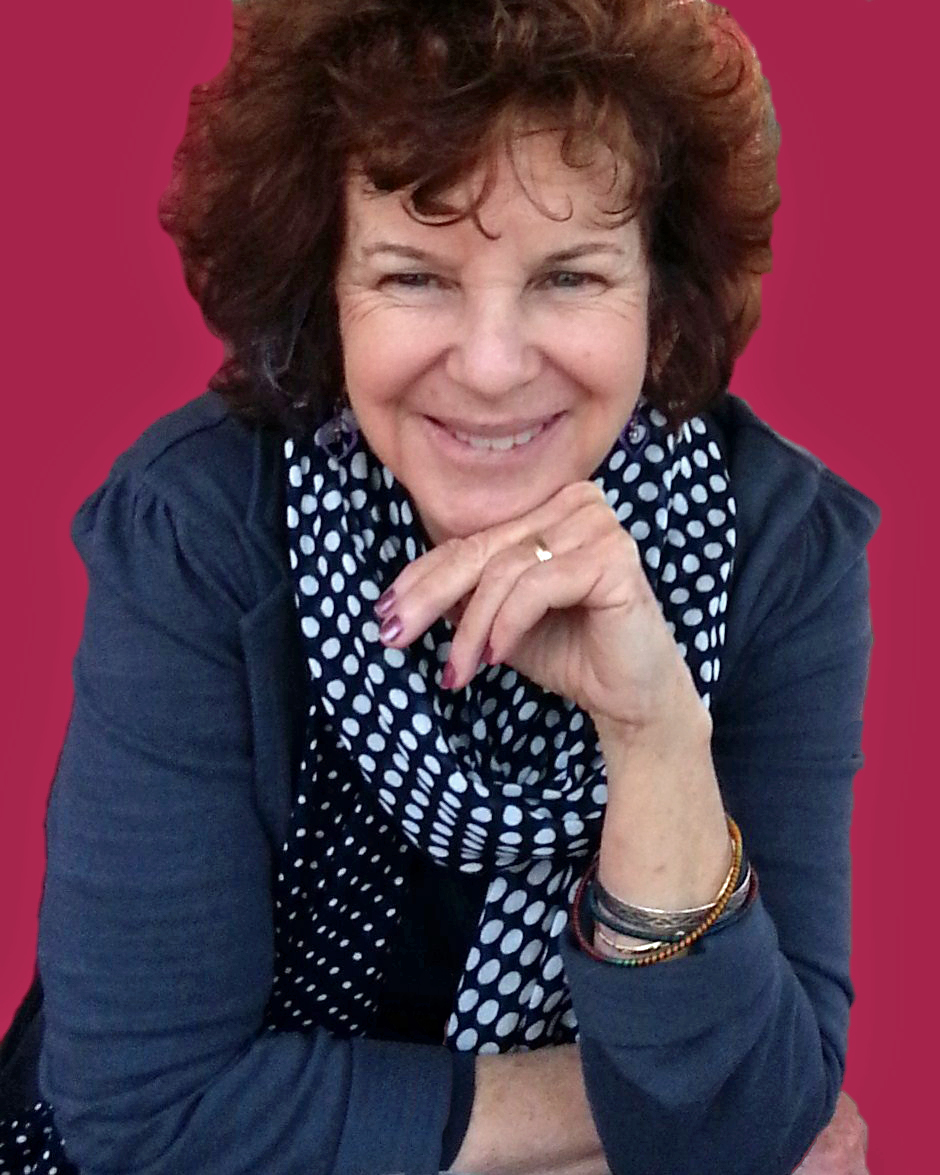
How did you find yourself getting into storytelling, especially picture books? What drew you to the medium?
DH: I first decided to be a writer when I was ten. When I began reading picture books to my kids picture books seemed a more realistic goal than writing a huge long novel while working full time and raising a family. Over the years, I’ve written a number of picture books about history, but this is my first with talking animals. I love picture books because I’m always astounded by all that an artist brings to the words.
PZ: As a child I had no idea of becoming a maker of children’s books, but I loved looking at them. When my mother took me shopping with her in the nearby mall, I’d hang out in the bookstore there and browse through the children’s books. And I never stopped doing that. So my career turns out to be no surprise.
How would you describe your creative process? And what went into collaborating with others for Cinderella and a Mouse Called Fred?
DH: The best way to describe my creative process is SLOGGING! And, as I often tell students at school author visits, not all my ideas become books. Failing (a lot) is part of the process. For Cinderella I worked closely with my extraordinary editor Anne Schwartz. A couple of times she passed on some suggestions from Paul. It’s really such an honor to be paired with an illustrator of his caliber, and I couldn’t be happier with how the book turned out.
PZ: Well, that is high praise from Deborah, who is no slouch of an author herself! Most of the collaborating on a picture book happens with an editor working first with the writer, and then (with art director joining in) with the illustrator, so there was a lot of collaboration here, including some between Deborah and me. I did a fair amount of flailing around at first, too, but it was our editor Anne’s suggestion that put me right: I tried to make my pictures feel like one of my very first picture books, one that was inspired mostly by 18th century embroidery or crewel decoration on fabric. I created all of the art on my laptop, drawing on a digitizing tablet and watching the images on my screen.
As a creative, who or what would you say are some of your greatest creative influences and/or sources of inspiration?
DH: When I speak to students I tell them learning about ordinary and forgotten people and stories in history has always been my greatest inspiration. I also tell them how essential it is to tell their own stories and the stories of their families.
PZ: I love looking at art, and I think inspiration just comes when something really great bowls you over. My inspiration also came from my mother, a medical illustrator—her very realistic drawings didn’t tell stories, they showed the insides of people— bones, muscles and organs. A surgeon who invents a new operation needs to show other surgeons how to perform it, and drawings can do that far better than photographs.
Besides your work, what are some things you would want readers to know about you?
DH: Well, as mentioned, I do love gardening and staying up late at night with a good book.
PZ: My work is making children’s books, but the world of children’s books is so wonderful that there aren’t many parts of my life now that have nothing to do with it. But aside from books, I have two terrific daughters (one lives in Australia) and one amazing grandson, and if all goes well, there will be three grandchildren soon. Grandchildren have not yet appeared in my pictures, but their mothers have!
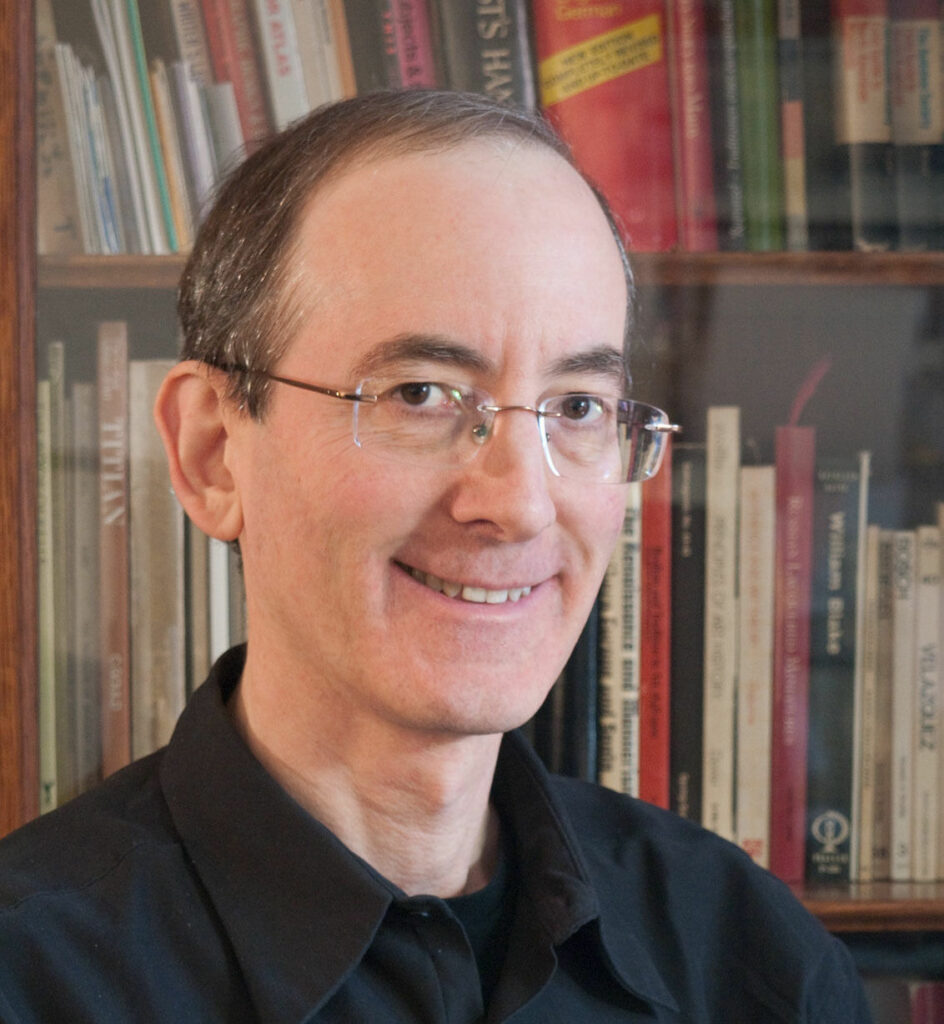
What’s a question you haven’t been asked yet but wish you were (and the answer to that question)?
DH: Question: “Do you plan to retire?”
Answer: “No. Writers write until they croak.”
PZ: Question: “Do you like to wear your books?”
Answer: “Yes, after I finish illustrating a book I like to create a repeating pattern from its art, and I have a shirt made for any events I can attend and talk about it. This is the pattern I’ll be wearing for Cinderella and a Mouse Called Fred: it includes tiny copies of thirteen of the book’s double-page spreads.”
Are there any other projects you are working on or thinking about that you are able to discuss?
DH: I’m excited about my next picture book with Knopf coming out in 2024 entitled Evidence! How Dr. John Snow Solved the Mystery of Cholera, illustrated by Nik Henderson. It’s very different from Cinderella! It tells the story of the 1854 London cholera epidemic and Dr. John Snow, the founder of modern epidemiology. That’s another great thing about picture books—they can be silly or serious.
PZ: I’m working on art for a picture book by Alex London, who mostly writes for older audiences, but “Still Life” is a very funny piece about what you will never, ever find in a still life painting.
What advice might you have to give to aspiring creatives, to both those interested in making their own picture book one day?
DH: My advice to people who love to create is pretty basic: Just keep trying, don’t give up, and immerse yourself in your field of interest. Read widely, be a lifelong learner—and remember, no one can tell your story but you.
PZ: What Deborah said. Also, remember to take pleasure in the act of creating, and in the wonderful things you can create. A desire for recognition is natural, but don’t get trapped by it, especially by wishing for fame or wealth. Those things don’t bring happiness, nobody can count on them, and there are lots of other fields where you’d be more likely to get even partway there, if that’s what you really want. Also, if that’s what’s driving you, you won’t be doing your best work.
Finally, what books/authors would you recommend to the readers of Geeks OUT?
DH: I’m sure your readers are familiar with Heartstopper (We love it in our family!). They may be less familiar with the incredible David Levithan, an author I highly recommend. His novel Nick and Nora’s Infinite Playlist was made into a film, and you can find more of his wonderful books on his website.
PZ: There are so many good writers and good books, I hate to have to pick. I think I’ll recommend my upcoming author Alex London. For picture books, one brilliant inventor is writer Antoinette Portis, and one illustrator who should have won a Caldecott Medal many years ago is Barbara McClintock.

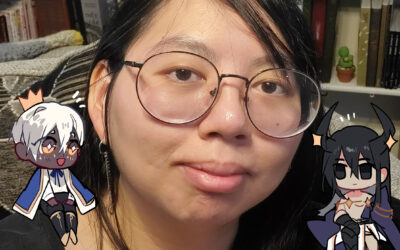
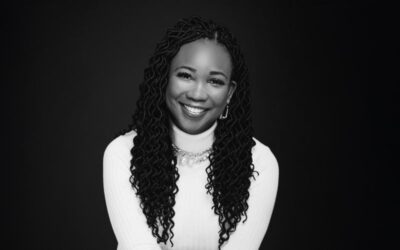
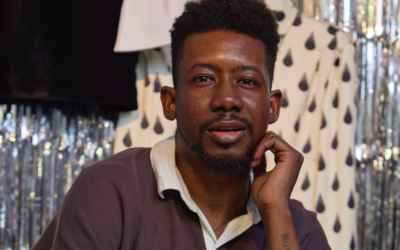
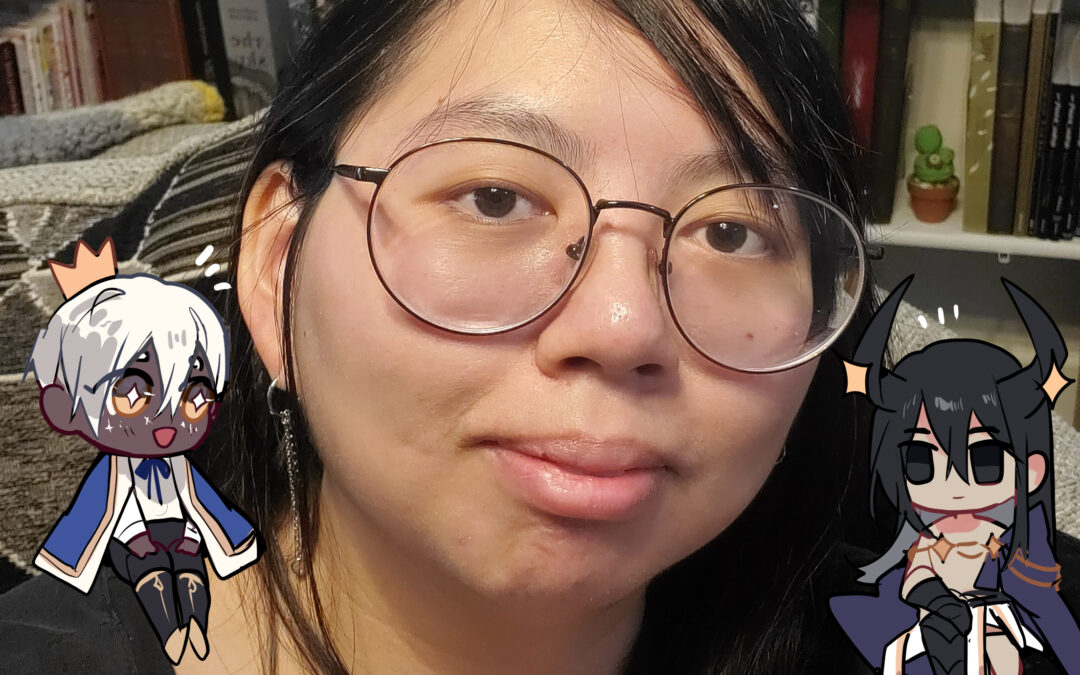
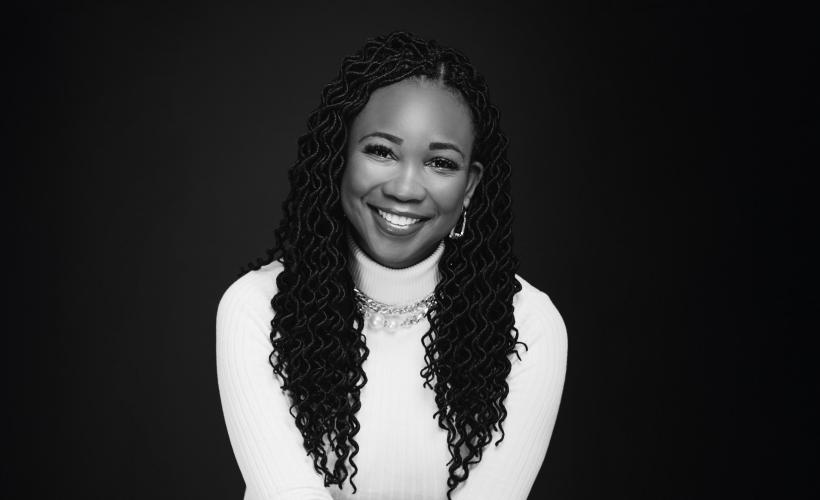
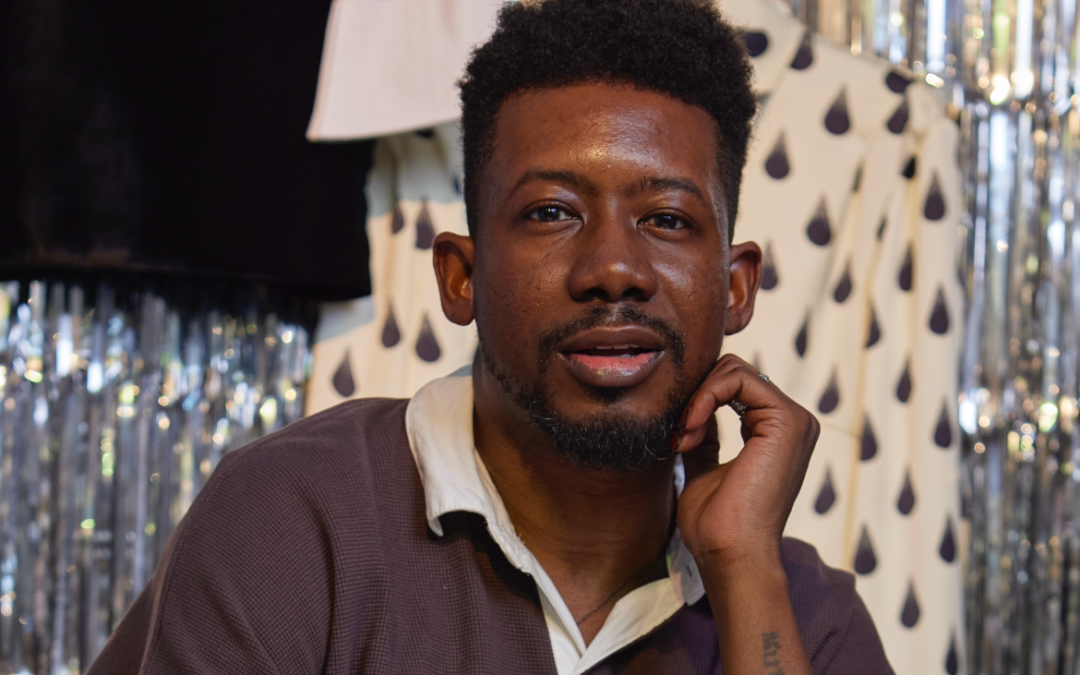
0 Comments